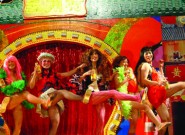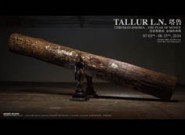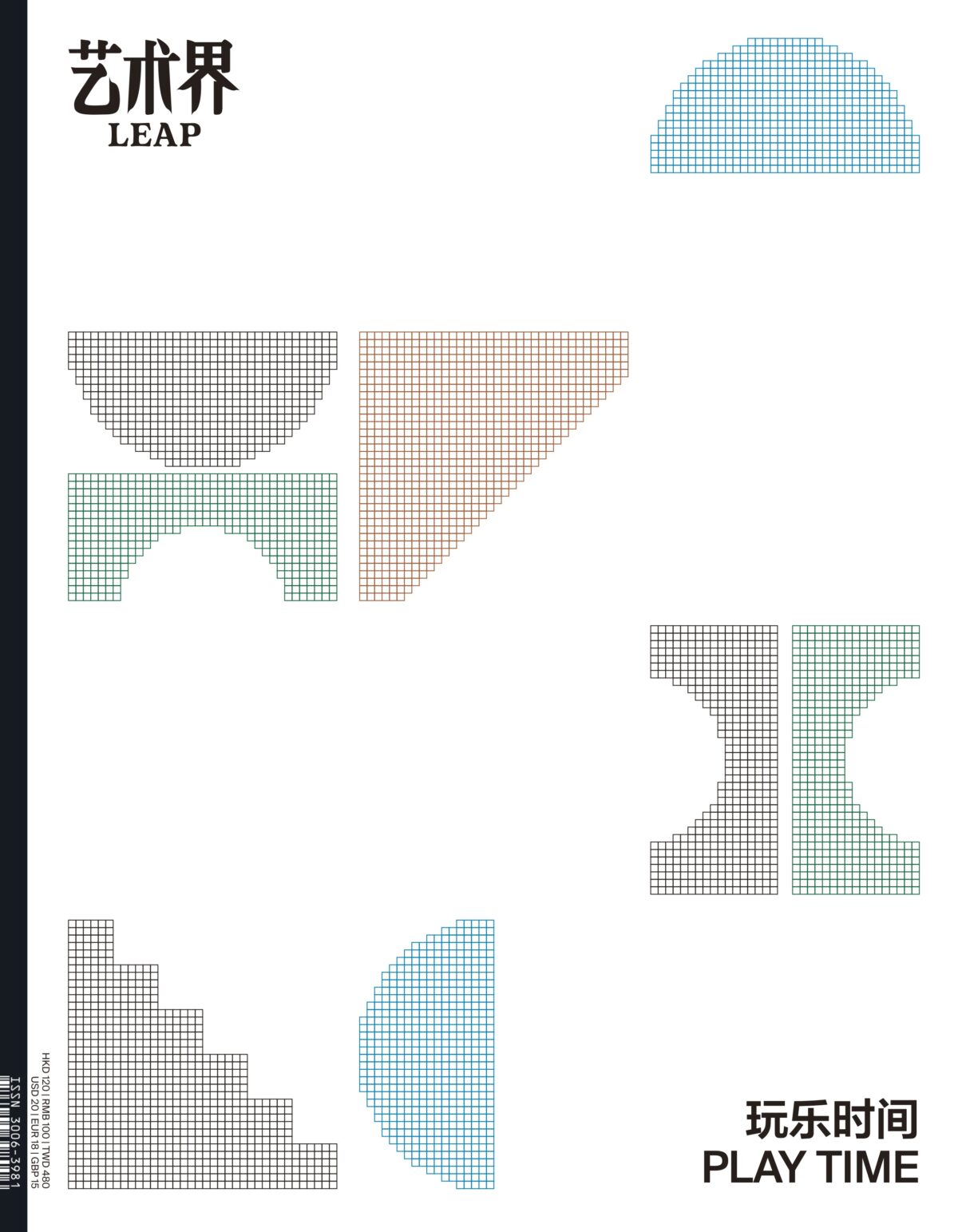The contemporary art world’s concept of the “Guangdong artist”—emerging from the haze of the growing Pearl River Delta cities of the mid-1990s, flourishing through the first years of the new century, and fading as the entire ecology of the art world grew, enticing many of those with whom the designation was initially associated to move north toward the end of the…
Read MoreThe eighth edition of the Gwangju Biennale was, in artistic director Massimiliano Gioni’s words, an “anthology of portraits” and “a show of faces and eyes.” Based on a simple conceit—that humans make images to stymie the flow of time, and having made them, do strange things in their service—it offered a bulky compilation of pictures…
Read MoreIn its inaugural year, the Aichi Triennale takes its own unique place in a continuum of large-scale periodic exhibitions. More along the lines of an international arts festival than a traditional triennial, the exhibition aims to convey the latest trends in contemporary art to a Japanese public. Taking place in the Japanese city of Nagoya,…
Read More“Great Performances” looks like an art historical exhibit. Curator Leng Lin puts together works derived from a variety of fields—including video, installation, photography, painting, and performance a…
Read More“The Youth Sale Store” is an art project launched by a group of young Shanghai artists—an exhibition-turned-mobile-art-shop. The first stop was hosted in the Shanghai M50 Creative Park, and the next stop is Beijing. Participating artists collect, display, and sell the works of other artists in their own peer networks, and new documentary photographs accompany…
Read MoreShi Qing and Shao Yi’s two-person exhibition “Elementary Spectacle” is not so much a fascinating laboratory of materials as it is an anxiety-inducing image world. In this world, “objects” are the law. Classic models of elevated stature are constructed through a form of imitation solemn in its cheapness; taboos are used to highlight the existence…
Read MoreTallur L.N.’s sculptures are depressive fantasies of systems beyond individual control; they depict humanity as commiserating victims of a world too large and too alien to do anything but become overwhelmed by. The artist’s recent outing at Arario Gallery’s Liquor Factory outpost, “Chromatophobia: The Fear of Money,” meaning a persistent fear of money, distills the…
Read MoreThe simplistic power of Ken Kitano’s photography originates from the persistence with which he attempts to renew and re-energize consciousness. From when he began photographing in 1989 until today, the artist has put together three series of works; by playing with an application of photography as basic as the adjustment of shutter speed, he has…
Read MoreThe Eastern Jin painter Gu Jun’s portrayal of a high-rising edifice entitled with the inscription, “Ascending Without a Ladder, No Point of Worldly Return” is a scene that embodies the pursuit of serenity and peace. Qiu Xiaofei’s new show at Boers-Li Gallery channels this classic, and is aptly named “Point of No Return.” Qiu’s title…
Read MoreIn comparison to the buzzing southern metropolis of Shenzhen where his exhibition is located, Jia Aili’s northeastern hometown of Dandong, a little city on the Sino-North Korean border, has long been referred to as a historical city. Dandong and Shenzhen, at opposite ends of the country, are two cities with completely different fates, fates that…
Read MoreTaipei can be a beast in the day, a city roaring with the exhaust of a thousand scooters, the buzz of a thousand restaurants and street stalls, waves of pedestrians endlessly coming and going. For his solo outing at ShugoArts in Tokyo, artist Jun Yang chooses instead to focus instead on the night, when the…
Read MorePlaying in a dark exhibition hall of about one hundred square meters is Fang Lu’s five-part signature work, for which she began recording in 2001. Her production process involves pre-installing a particular environment, taping a scene, and compiling the final product: a behavioral recording. Fang Lu’s completed work does not correspond to the actual time…
Read MoreIn the China Pavilion of the Shanghai Expo, the image of Qingming Festival—the twelfth-century work of Zhang Zeduan of the Northern Song—is projected onto the wall. By now, this famous painting has played itself out as a popular, massive, dynamic ink creation—throughout the course of Chinese art history, Zhang’s depiction of the Bianjing city marketplace…
Read MoreIf identity and personal memory maintain a certain degree of unity, then Yangjiang Group’s exhibition “The Garden of Pine—Also Fierce Than Tiger II” at Tang Contemporary Art in Beijing traps people in the dislocation between personal identity and historical memory. The first sight upon entering the exhibition hall is a scene cast entirely in paraffin…
Read MoreAs the name suggests, the word “past” in “Learning From the Past and Opening a New Age,” refers to traditional Chinese painting; “new age” refers to the style of modern Chinese painting championed by Huang Qiuyuan, and “learning from” here is more like “relying on.” The last and most important portion of the exhibition title…
Read MoreSome exhibitions lie at once entirely within reason and completely beyond expectation. The National Art Museum’s special exhibitions memorializing the works of Hua Junwu (1915-2010) and Wu Guanzhong (1919-2010), which opened concurrently in July, serve together as a perfect example of this possibility. These two painters both hold important positions in the history of art…
Read More[portfolio_slideshow timeout=7000 exclude=”5852″] In this issue, we ask ourselves a few questions: Is there any connection between the places artists come from and the art they make? Why do artists leave their homes, and how do they return? What does being from a particular place mean for an artist’s self-construction, artistic creation, and career development?…
Read MoreSimon Kirby had just called in a food delivery. Kirby, director of the gallery Chambers Fine Art Beijing, was sitting in the Ai Weiwei-designed gallery courtyard out in Caochangdi on a summer afternoon, plotting an exhibition with his visitors. He asked Yangzi about the origins of their group, the Wangjing Painting Society (WPS). Then Dong…
Read More[portfolio_slideshow timeout=7000] History has abandoned time, we have lost our souls. Magicians This world lacks a clear concept of time; we live in emptiness. Right and wrong are confounded! There are no laws, no rules. Lies dominate! Here there are only the cheaters and the cheated. I am a formerly great prognosticator. These days, I practice as a magician, wearing a…
Read MoreQIU XIAOFEI & HU XIAOYUAN Qiu Xiaofei and Hu Xiaoyuan have been living together for fifteen years now. Best not to think about how long it’s been, Hu says. “It gets scary.” They grew up with no access to computers, and didn’t find out about the Internet until after university. Today, Qiu has little faith in digital images. The aversion…
Read More












